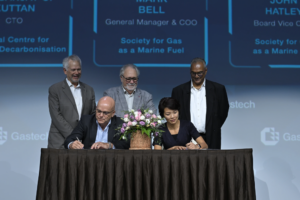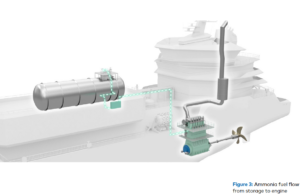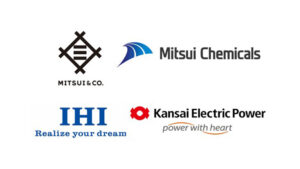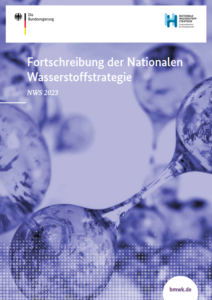Maritime ammonia: fuel delivery, emissions mitigation systems near readiness
This week, we explore three new onboard systems: the Mitsubishi Ammonia Supply and Safety System (MAmmoSS®), Singapore-based C-LNG Solutions’ new ammonia low flash point fuel supply system, and a new NOx emission mitigation system developed by Korea Shipbuilding & Offshore Engineering and Hyundai Heavy Industries.









